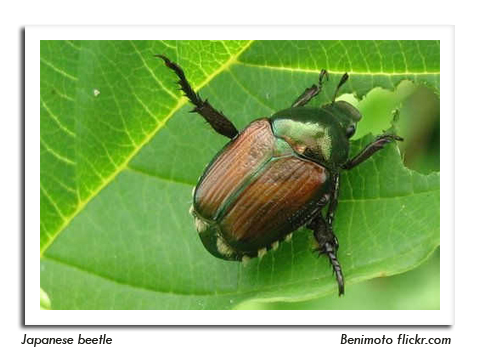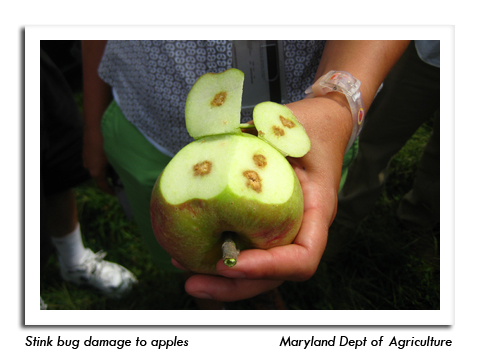
 |
|
|
Fruits
Volume 59 Number 16 Date 08/21/2014 CODLING MOTH - Moths are still appearing in very high numbers in many orchards. The peak of the second flight has likely occurred at most southern and central locations, but additional treatments may be necessary before the end of the month if moths remain abundant. The average count this week was above-threshold at six per trap, with a high count of 24 per trap at the West Madison Agricultural Research Station. APPLE MAGGOT - Emergence continued for the eighth week, with most sites registering a slight increase in AM counts from the previous week. The high count was again noted at Gays Mills in Crawford County where 22 flies were collected on a red sphere trap. Apple maggot sprays should be maintained in orchards where flies are still being trapped at the rate of one fly per trap per week on unbaited traps or five flies per trap per week on baited traps. SPOTTED TENTIFORM LEAFMINER - Moth counts as high as 1,280 per trap during the August 14-20 monitoring period indicate that the third flight has peaked in some southern orchards. Central and northern locations can expect the peak to occur in one or two more weeks. JAPANESE BEETLE - Spot treatment of individual trees should be considered for those orchards that continue to experience high numbers of beetles. This pest remains very active, particularly in the west-central and northwestern counties. STINK BUG - Adults and nymphs have been observed on the undersides of leaves in southern and western Wisconsin apple orchards, signaling the potential for fruit injury prior to harvest. Growers are encouraged to monitor fruits for evidence of feeding by these insects. A single adult or nymph can injure many apples and damage may not develop until after the fruits are in storage. -- Krista Hamilton, DATCP Entomologist 





|
|
|